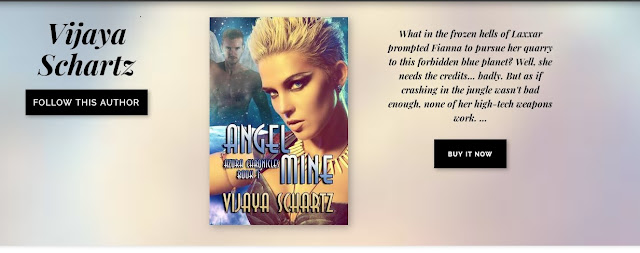Getting Yourself Out There
One of the most vital and difficult things
to do is to get out there and promote yourself. Sometimes this can be very
expensive and finding ways to do this without spending much money is good. Name
recognition is what’s important. But getting your name out there means finding
ways to promote yourself. I’ve found two ways that are inexpensive and fun (at
least for me.)
The
first is blogging. I have a blog and I blog every day. Not really me, since
sometimes I feature my own books and other times, I feature other authors and
their books. That will pull readers to other sites. Now I have monthly blogs.
One is Sweet and Saucy where the first day of the month, I’m able to feature a
book. This is taking me and my books to a new venue. I also post monthly on
this blog. This year, I’ve decided to accept invites to other blogs once a
month. Thus finding new places and potentially new readers. Don’t know how this
will work but at least my name is out there again and again being seen by new
people.
I’m
fortunate since I write in several genres but my advice is to look for blogs
that specialize in what you write, mysteries, young adult, science fiction and
fantasy. Volunteer to write a post. Read the posts there and make comments.
Then maybe choose to blog elsewhere once a month. If you have a blog, open it
to your fellow writers as some of us have done and even open it to other
authors. I found my monthly gig by having the author post on my blog.
Another
thing is when you are a guest on a blog, periodically check to see if anyone
has commented or asked questions. If so respond.
The
second recommendation is to join Marketing For Romance Authors. Though Romance
is in the title, people of other genres do belong. They do a number of
different ways to promote yourself. So look at their site and join the group.
Lots of information here and questions answered. This will give you a number of
ways to see what they do.
I’ve
been using their Wednesday #MFRWHooks link to promote my books. I know Helen
Henderson also does this. You can either post a different book every week.
Since I have such a large back list, that’s what I’ve been doing. I am almost
finished with my list and will start going with series next. Once a week, you
need to do this and once you get into the habit, it’s not that difficult.
These
are the ways I’ve been promoting and what this means is that I’m out there
several times a month and people are seeing my name. I know of at least once
when someone said they were buying my books. Not sure if they did but I’ve triggered
interest.






































.jpg)






